Some Misunderstandings About Dog Food
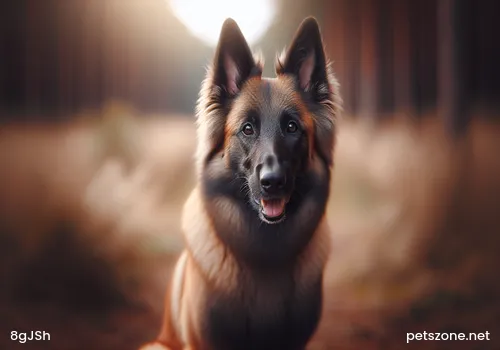
Dog Food
Compared to feeding dogs with a single type of food, dog food offers much more balanced nutrition, so most owners choose dog food as the main diet for their dogs. However, the market offers a wide variety of dog foods, some of which are mixed-quality. Therefore, selecting the right dog food is not an easy task, and many owners still have certain misunderstandings when choosing dog food, which we need to pay attention to.

Dog Food
1. Good Color Means Good Dog Food
The color of dog food can reflect certain raw materials in it. Meat becomes brown or dark brown after high-temperature extrusion, while chicken color is lighter. Nowadays, some inferior dog foods add coloring agents to imitate "meat" colors, so judging dog food quality by color alone is not very accurate. Some owners like to see if the dog food color is bright and shiny, which is a normal aesthetic preference but not applicable to dog food. Dogs have poor vision and are color blind, so whether the dog food looks bright and attractive makes little difference to them.
However, when purchasing dog food, it is necessary to check its external color to see if there is mold or deterioration, or if there's whitish fuzz caused by mold, or green mold substances. The brightness or dullness of the kibble's own color is indeed not important. Thus, the common belief that good dog food must be dark in color and light-colored dog food is bad is rather one-sided.
2. Dog Food with Poor Shape Must Be Inferior
Many owners like to evaluate the quality of dog food by its kibble shape, size, and uniformity when choosing food for their pets. This is not correct. Dog food is produced by deep processing multiple raw materials, and an important step is extrusion. Extrusion is a process where the moisture in the raw material instantaneously evaporates, forming shapes randomly. Especially for meat ingredients, after instant high temperature, meat shrinks inconsistently, making it difficult for kibble particles to be exactly the same size. Plant ingredients such as corn, starch, soy, and flour tend to have more uniform shapes; starch-rich foods tend to produce more uniform shapes. Moreover, whether the shape is square, round, long, or short is a matter of personal preference and affects dogs very little. As long as the nutrition fits the pet’s physiological stage and the kibble size is appropriate for easy eating—not too small to miss, nor too big to be unable to eat—it’s fine.
When observing kibble, grab a handful and ensure the size and shape of the pieces are generally consistent; you don’t have to require every single piece to be exactly the same size.
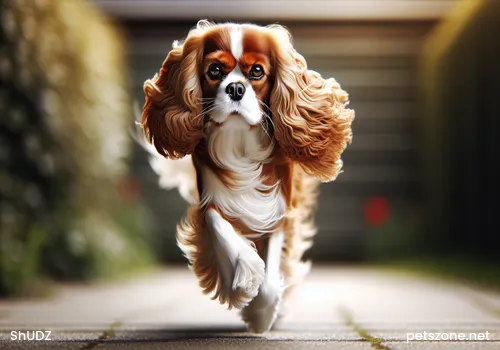
Dog Food Differences
3. Smooth Surface Means Good Dog Food
Dog food is mainly meat combined with other ingredients, processed by grinding. Many owners think that smoother kibble surfaces are better, but this is not entirely correct. First, dogs do not like overly fine food. Some friends soak the dog food before feeding their dogs; overly fine kibble becomes sticky due to the starch, which dogs dislike. Actually, dogs prefer somewhat hard food that is not sticky. Overly fine dog food affects palatability.
Good dog food is not necessarily smooth on the surface; some roughness actually comes from meat fibers, and rougher kibble often contains more meat. High amounts of plant starch make kibble surfaces smoother. Generally, quality dog food has kibble surfaces that are neither too rough nor too smooth; some small bumps are normal.
4. Fragrant Smell Means Good Dog Food
We know dogs’ sense of smell is much more sensitive than ours, and there are many smells we can’t accurately identify. Some inferior dog foods use flavoring agents to mask unpleasant odors, just to deceive buyers. So if the dog food smells extremely strong, we should be cautious about possible tricks.
Therefore, when selecting dog food, we should not rely solely on subjective judgment. If we cannot make a good assessment, it is better to buy dog food through formal channels to avoid harming the health of our dogs.
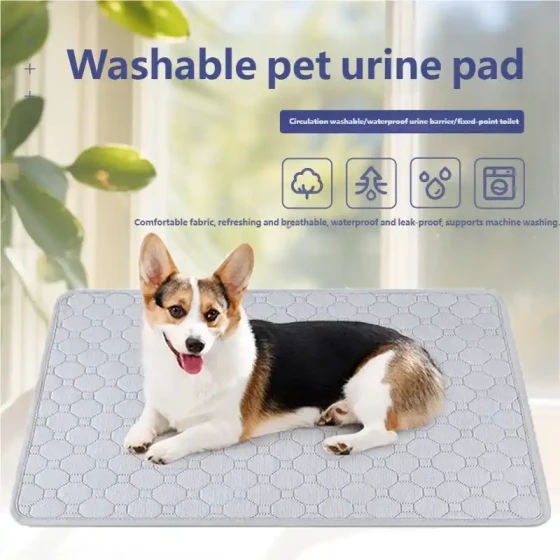
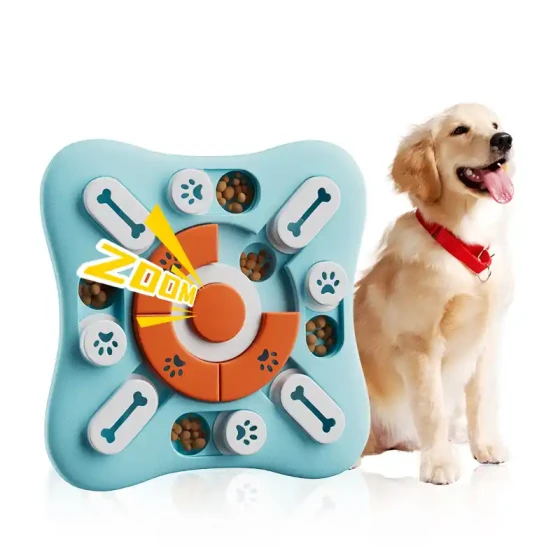
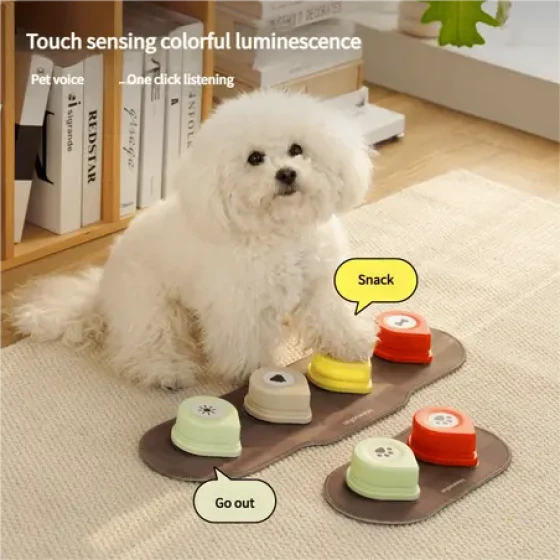
-560x560.webp)